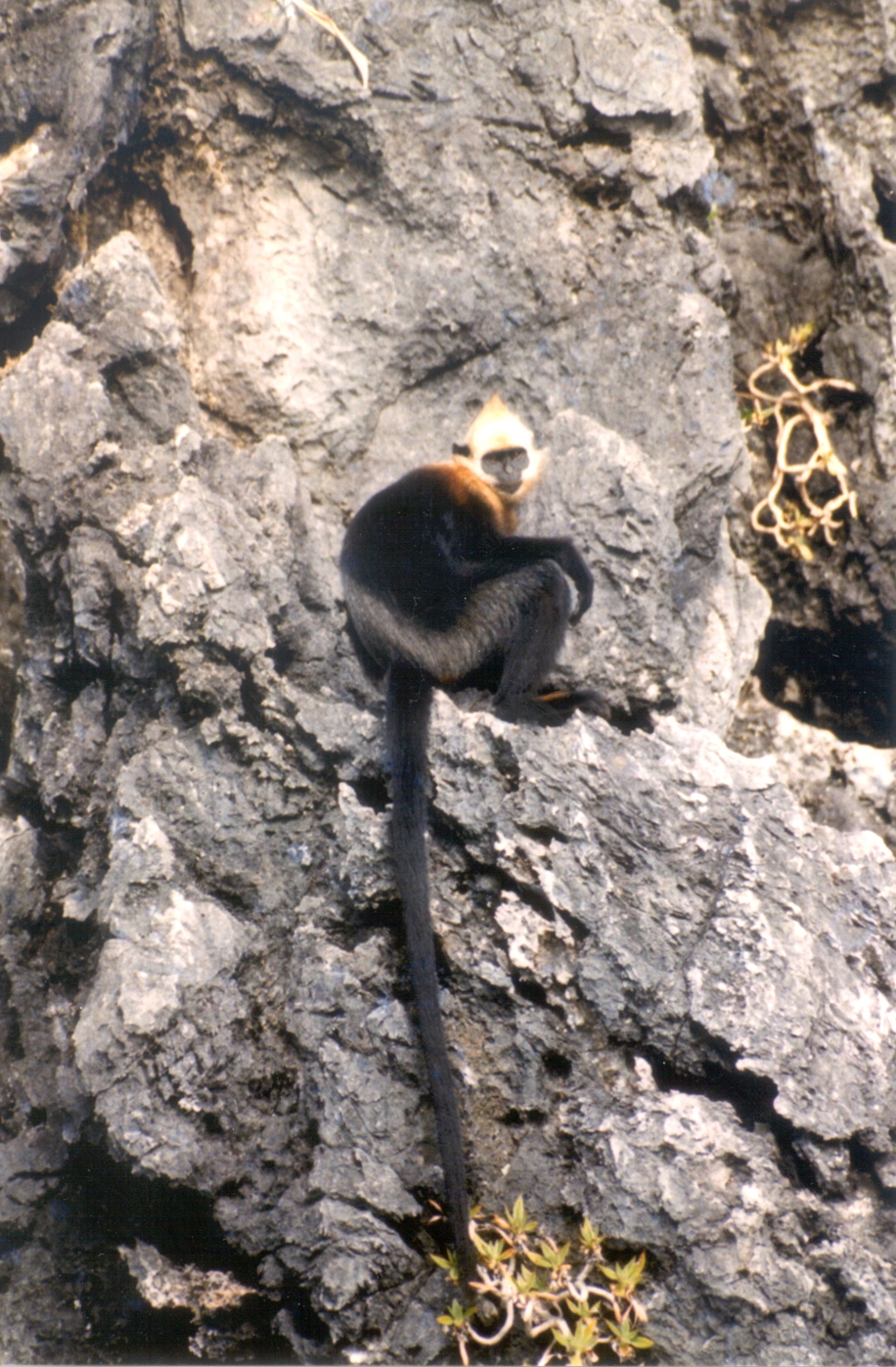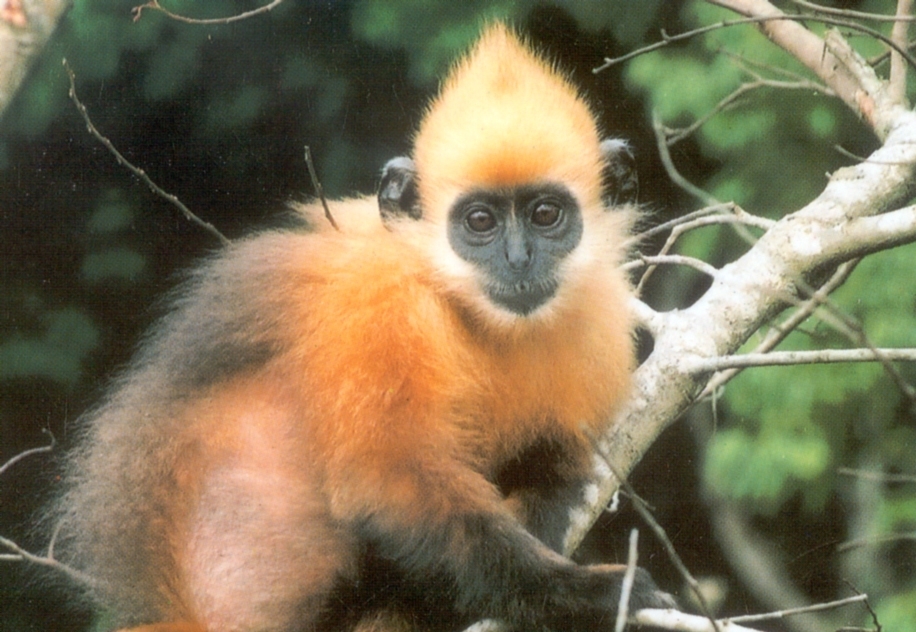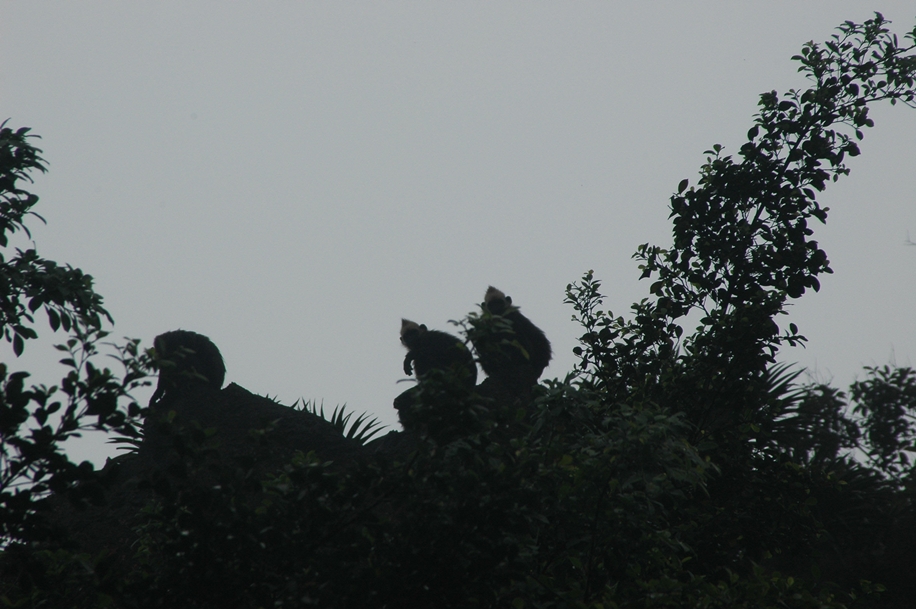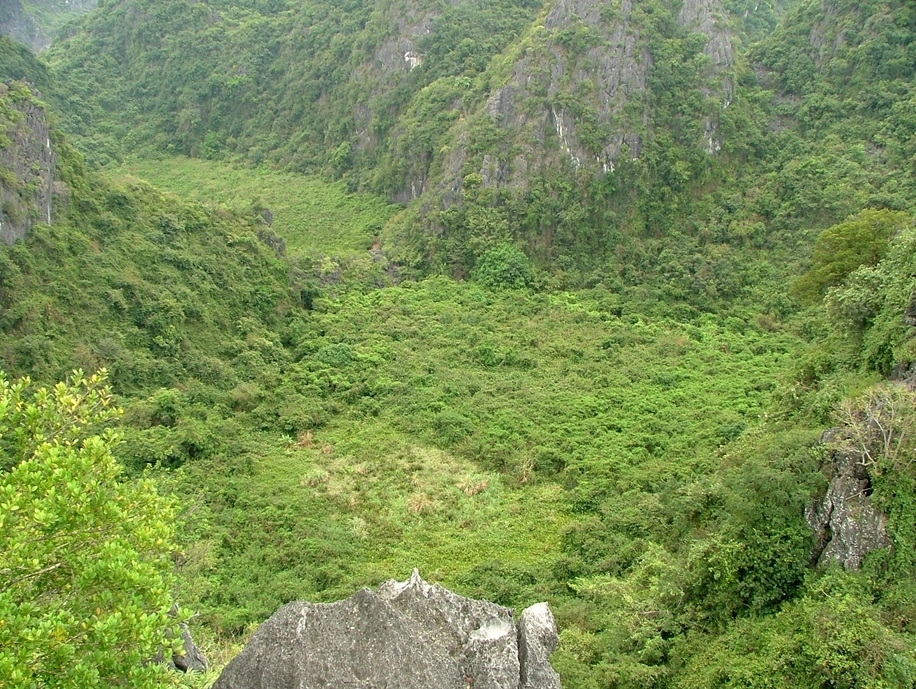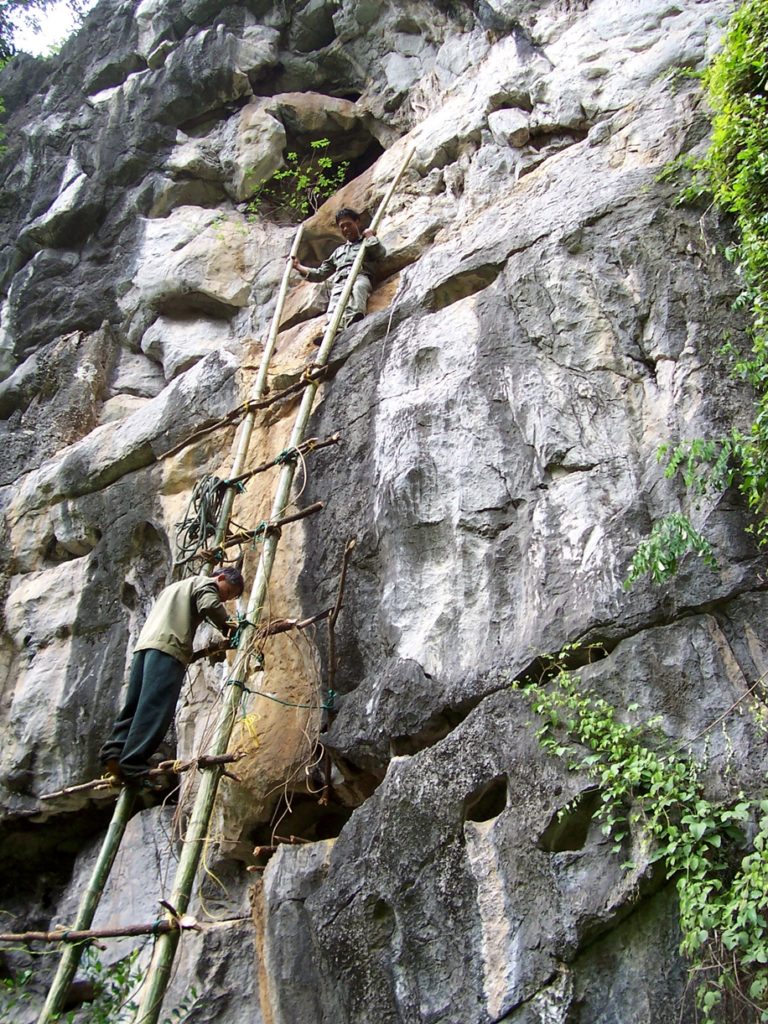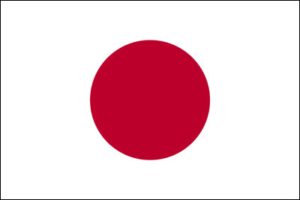Since 2000, the Cat Ba langur has been one of the world’s 25 most endangered primates (Conservation International and IUCN/SSC Primate Specialist Group). There are few langurs, and their range is restricted. Illegal hunting caused the population to plummet from about 2500-2800 individuals in the 1960s to a mere 53 individuals by 2000.
In 2002, Seacology began supporting a langur-guarding program. The program, instituted by the Zoological Society for the Conservation of Species and Populations, enlisted local residents to protect langurs from poachers. Since then, the langur population has increased. There are now 65 individuals, but the status of this species is extremely critical.
The remaining langur population is fragmented into seven isolated groups, four of which are all-female. Because the groups are so isolated, individuals can’t move from one to another. The only solution is to move some animals from Cat Ba Island to the langur sanctuary run by the Cat Ba Langur Conservation Project. Three females on a small offshore island are the first target for relocation. They cannot get back to the main island on their own because the mangrove forests between the main and offshore islands were destroyed. To help the Cat Ba langur population continue to grow, Seacology will help fund the relocation of these isolated females.


